Revisiting the glamour of Regency Britain
![Regent's Canal is one of London's finest walks - Chalabala (Chalabala (Photographer) - [None]](https://s.yimg.com/ny/api/res/1.2/v8ffmJ4msobn_7vso7afKA--/YXBwaWQ9aGlnaGxhbmRlcjt3PTEyNDI7aD03Nzc-/https://media.zenfs.com/en-GB/the_telegraph_818/b65baa34deee66a2b282f9a6e901abec)
Two centuries after George IV became king, Chris Leadbeater goes in search of the glamour of Regency Britain
Georgie Porgie
You might call it the middle of an era, not the start of one. But let’s not split hairs – it’s February, we could all use a little glamour. Today (January 29) marks 200 years since the accession of George IV – the gaudy prince (as superbly lampooned by Hugh Laurie in Blackadder the Third) who had ruled in his poorly father’s stead (aka Nigel Hawthorne in The Madness of King George) since 1811. This, of course, was what has became known as the Regency period – an exotic time in UK history which arguably lasted until Victoria took the throne in 1837. How to revisit it? Perhaps via the “George IV: Art & Spectacle” show at Buckingham Palace – until May 3, £13.50 (rct.uk).
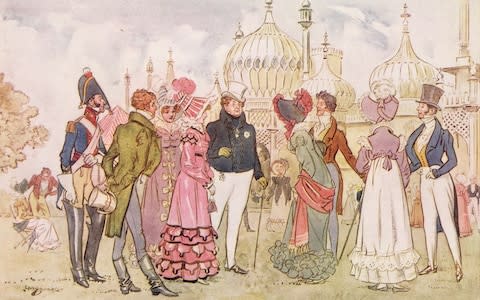
Street smart
George IV/The Prince Regent’s influence is still writ large across the capital. You can shop for luxuries on Regent Street (regentstreetonline.com) – the avenue his pet architect John Nash crafted between 1811 and 1825. Nash was also behind the era’s prettiest arrival on the map, Regent’s Park, with its 410 acres of leafy space, boating lake and overly competitive summer softball games. If you are feeling active, it will host a “Race for Life” run (in aid of Cancer Research UK) on May 16 (see royalparks.org.uk).
Windsor change
A forerunner of Lawrence Llewelyn-Bowen, George IV loved a dandyish home makeover. He turned his eye to Windsor Castle, commissioning Sir Jeffry Wyatville to play around with the property in the 1820s – raising the height of the Round Tower and remodelling the state apartments. You can admire the refit via a tour (£23.50; rct.uk) that should take in St George’s Chapel – Georgie has been in the vault since 1830.
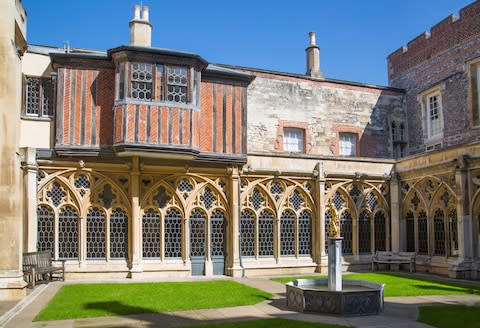
Dome alone
Oh, we do like to be beside the seaside. George definitely did. His love of a boozy weekend at the coast is forever apparent in Brighton. The onion-domed Royal Pavilion (built for him between 1787 and 1823) where he held some of his wildest parties as Prince Regent is still the city’s key landmark. The Music Room, where Rossini played in 1823, is especially grandiose. Admission £15 (brightonmuseums.org.uk/royalpavilion).
Bath measures
Bath is perhaps the city most closely associated with the Regency era, thanks to the wealth of Georgian architecture that adorns its lanes – such as Pulteney Bridge, the townhouse curve of the Circus and the exquisite Royal Crescent. You can tick all of them off with Bath Regency Walking Tours, which dispenses private tours (from £75) of the centre and its honey-stone jewels, in the company of the top-hatted Mr Elliott.
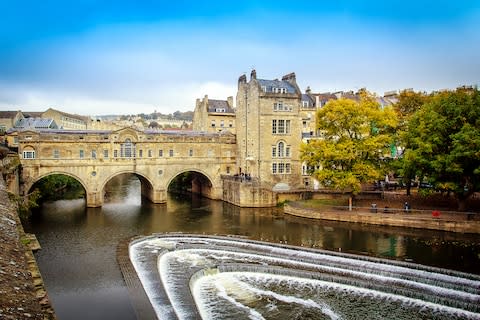
Good sense
The Regency era dovetails neatly with Jane Austen’s career – Sense and Sensibility (1811), Pride and Prejudice (1813), Mansfield Park (1814) and Emma (1816) were published while George was sashaying around as daddy deteriorated. Little wonder that Bath runs a yearly festival in her honour (September 11-20 this year), complete with costumed ball (June 27; janeaustenfestivalbath.co.uk/summer-ball; cost not yet available).
House party
George was not the only fop who spent the 1810s and 1820s staring at the fittings and wondering if they needed a total re-do. Chatsworth House, the Derbyshire pile closely tied to Austen’s Mr Darcy in popular culture, was inherited by the similarly extravagant sixth Duke of Devonshire in 1811 – and promptly enjoyed an epic sprucing-up, including a new theatre and sculpture garden. House tours from £22 (chatsworth.org).
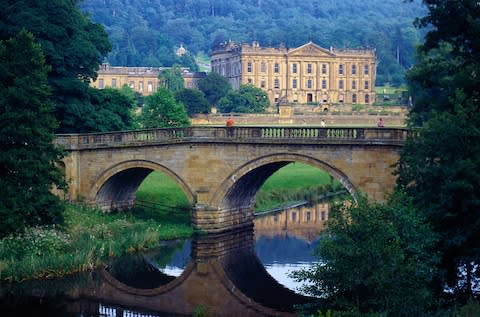
Austen Allegro
The quickest way to admire Jane Austen and her amused musings on 19th century society is to head for Hampshire – and the little house in Chawton that she called home between 1809 and 1817 (£9; jane-austens-house-museum.org.uk). For added context, she is buried 16 miles away, in Winchester (winchester-cathedral.org.uk; £9.50).
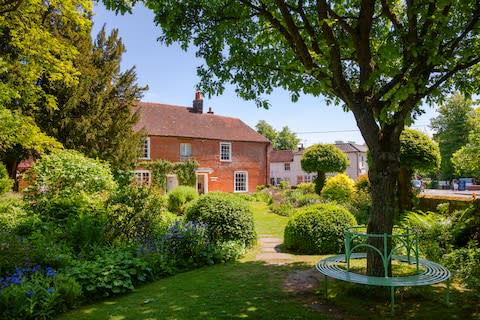
Walk this way
A noted fan of a bottle of wine or several, George IV was not in tip-top fettle come the late 1820s. So he wouldn’t have wanted to join you for a stroll along the Regent’s Canal, the nine-mile waterway, carved between 1812 and 1820, that was also titled in his honour. It is, nonetheless, one of London’s finest walks (canalrivertrust.org.uk).
Later, alligator
If you want to dive deep into this gilded era, you should put the weekend of March 13-15 in your diary. These are the dates when Martin Randall Travel will be running “The Later Georgians: Britain 1760-1830”, a symposium on Regency politics, art and architecture, to be held in Taunton. From £780 a head, including accommodation.


